Breaking Homicide S01e02 Who Killed Faith Download UPDATED
Breaking Homicide S01e02 Who Killed Faith Download
Global study on homicide
2019 Edition
Since the publication of the previous edition in 2014, theGlobal Study on Homicide has been expanded into a special six-booklet format, 5 of which are defended to thematic areas relevant to the written report of the ultimate crime.
Press release
Methodological annex
Homicide data
Homicide in Numbers
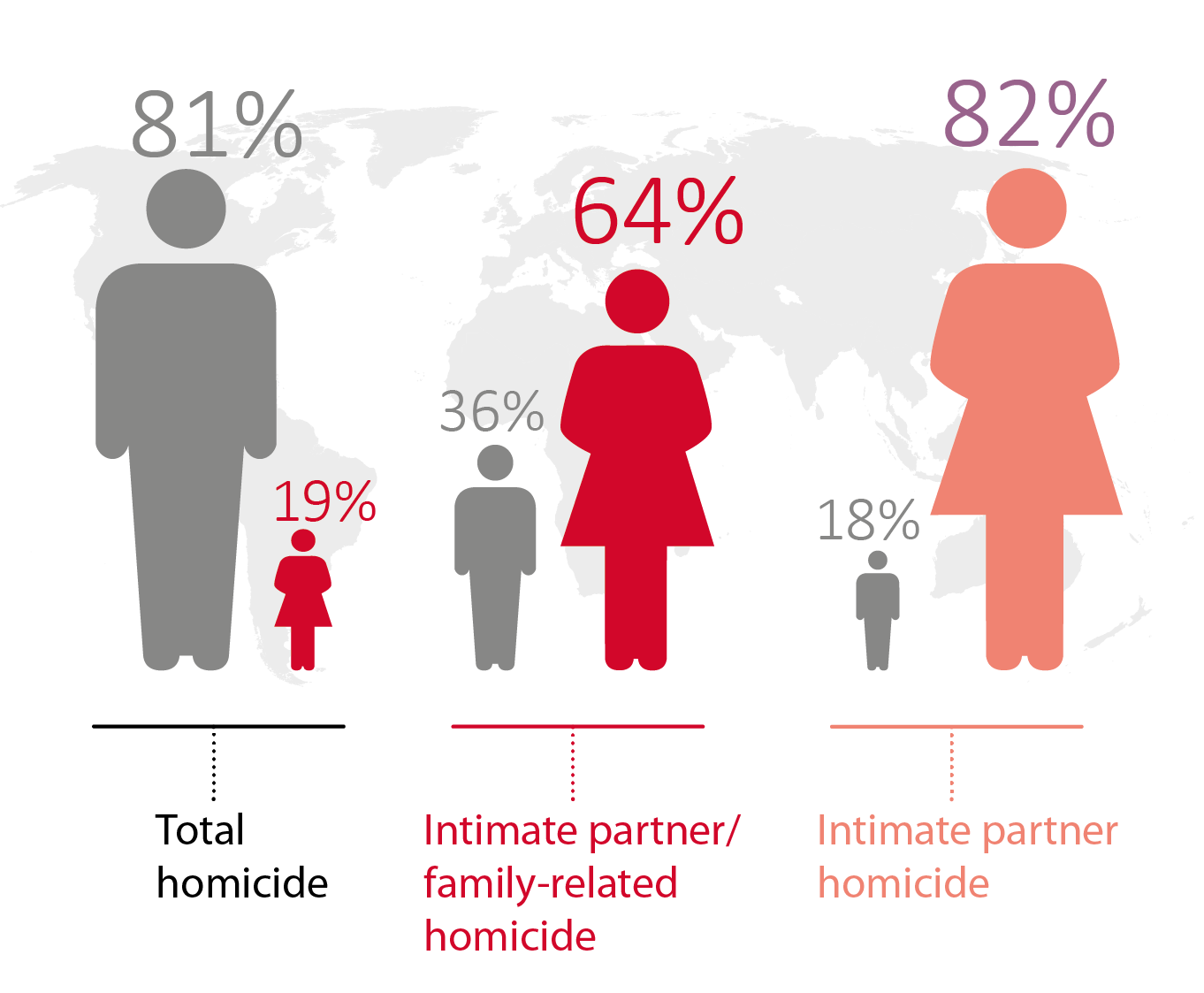
-
464,000 people estimated to accept been victims of intentional homicide in 2017
-
An boilerplate global homicide rate of half dozen.1 victims per 100,000 population was estimated in 2017
-
About 90 per cent of all homicides recorded worldwide were committed by male perpetrators
-
Men brand up almost lxxx per cent of all homicide victims recorded worldwide
Read more..
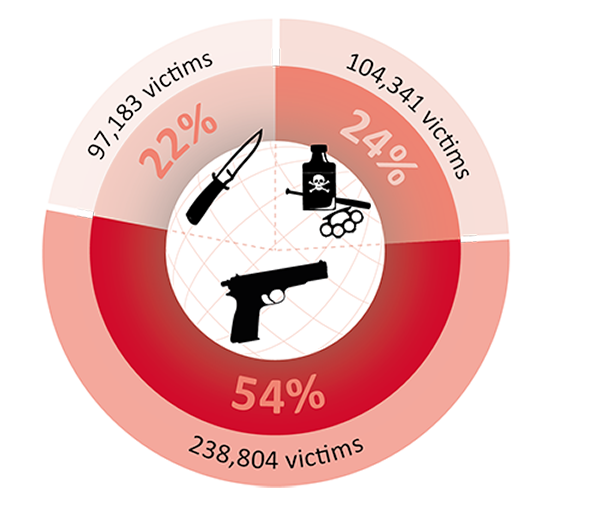
Firearms were involved in more than than half of all homicides worldwide in 2017
Read more
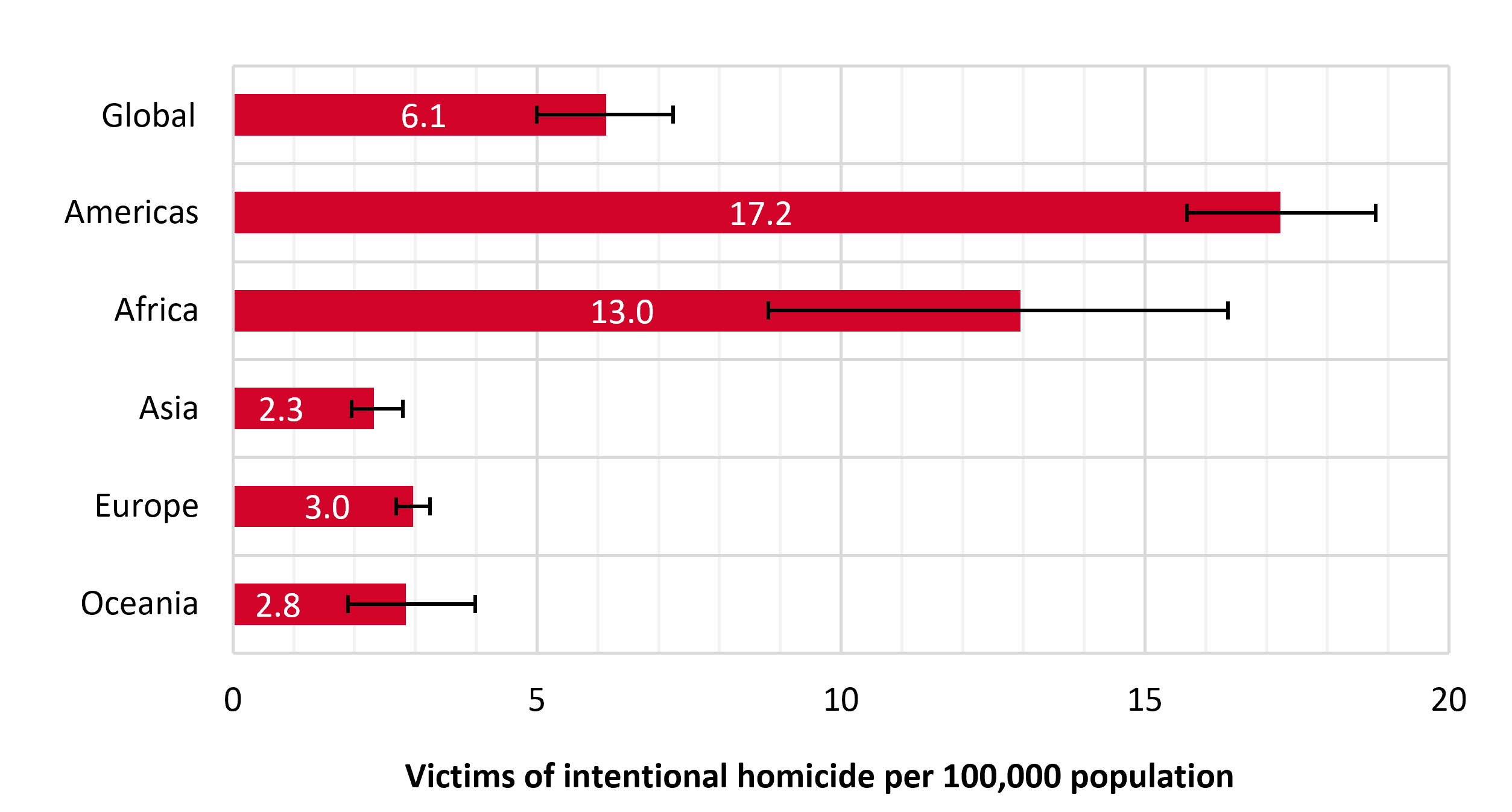
Homicide charge per unit (victims of intentional homicide per 100,000 population), by region, 2017
Read more
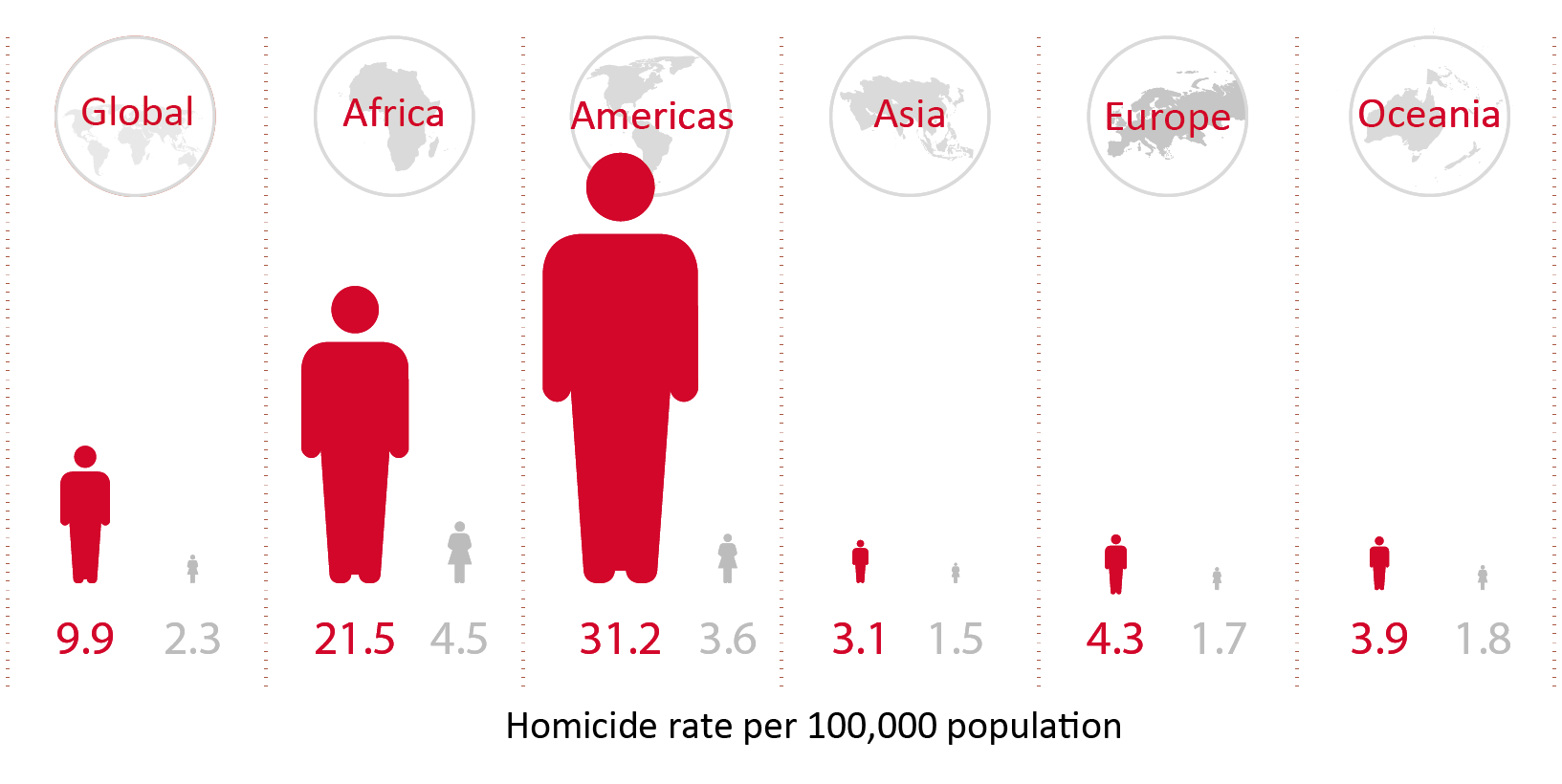
Male homicide charge per unit in the Americas is about 10 times that of females
Read more

Criminal offence-related homicide: homicide committed in the context of organized crime and gang violence and homicide committed while perpetrating other criminal acts such as robbery and sexual assault.
Organized crime kills as many people equally all armed conflicts combined
Read more

Interpersonal homicide: homicide that occurs in the context of interpersonal conflict.
The vast majority of women and girls are killed by intimate partners or other family unit members
Read more..

Sociopolitical homicide: homicide linked to social discrimination, political agendas, civil unrest and broader sociopolitical motives, such equally killing of human rights defenders, humanitarian aid workers or journalists.
Number of journalists killed, past region, 2012–2016
Read more..
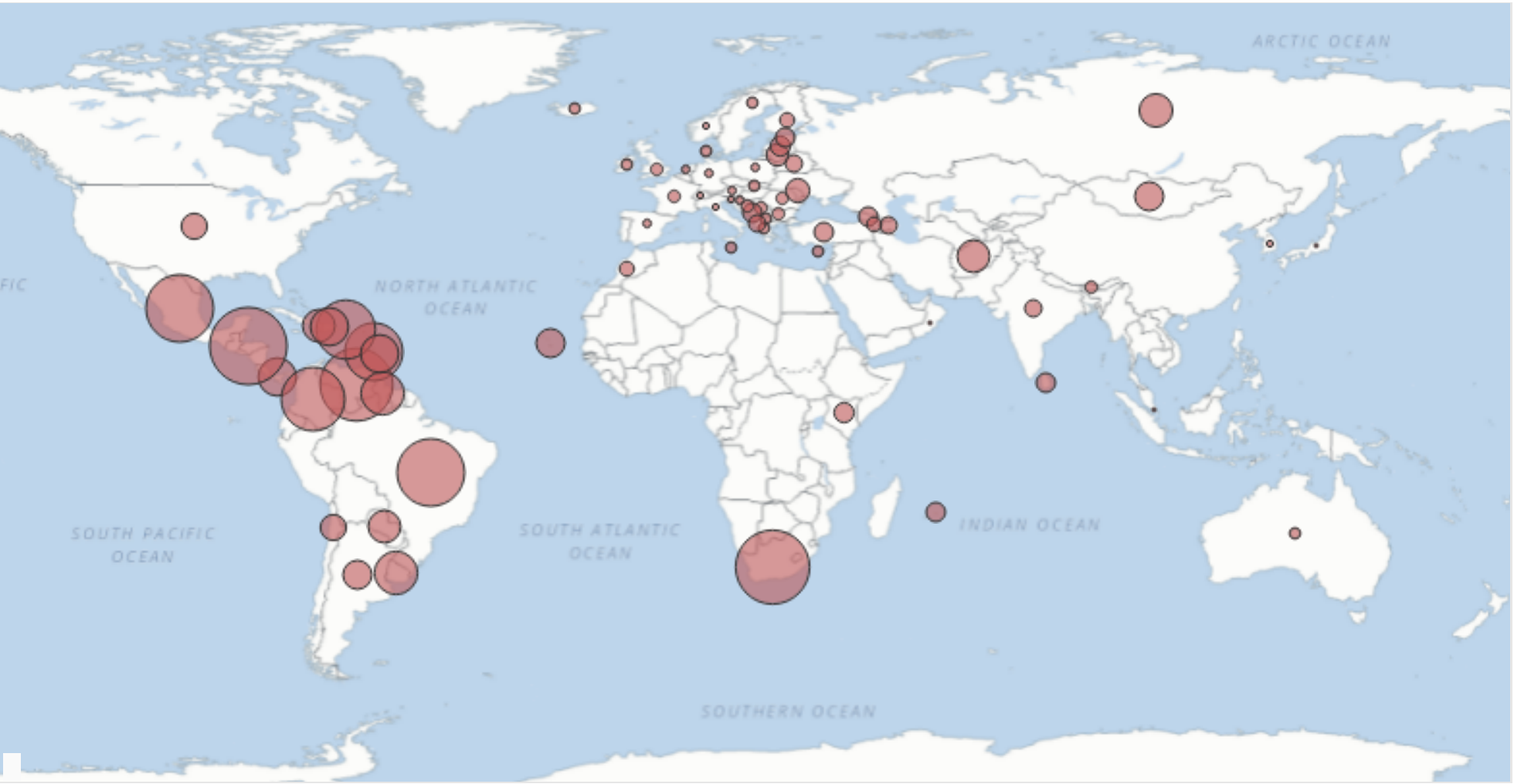
Homicide Data
- homicide rates;
- homicide rates by sex;
- homicide rates by machinery;
- estimated regional homicide charge per unit;
- homicide by intimate partner/family unit member;
- persons arrested/suspected for intentional homicide;
- homicide in cities;homicide by situational context;
- and other;
Explore Datasets
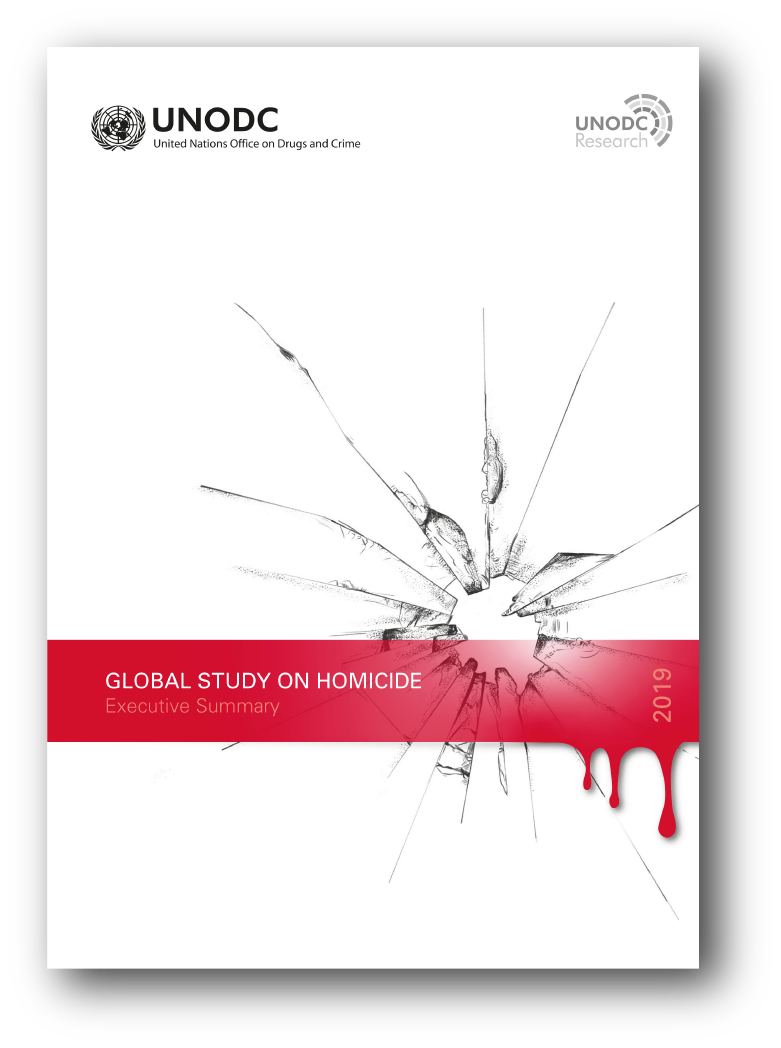
Booklet one: Executive summary
This booklet summarizes the content of the 5 subsequent substantive booklets by reviewing their key findings and highlighting a fix of policy implications derived from the analyses presented in them.

Booklet 2: Homicide: extent, patterns, trends and criminal justice response
This booklet constitutes the second part of the Global Report on Homicide 2019. It provides an overview of intentional homicide counts, rates and trends. Starting at the global level, the analysis turns to regional, subregional and national trends before the focus shifts to the subnational picture of homicide in selected locations where such data are bachelor and patterns can exist identified. Urban homicide patterns and urban homicide trends are examined as are the demographics of homicide victims and the sex activity of homicide perpetrators. The booklet ends with an overview of the criminal justice response to homicide. In-depth contributions by external experts characteristic throughout the booklet.
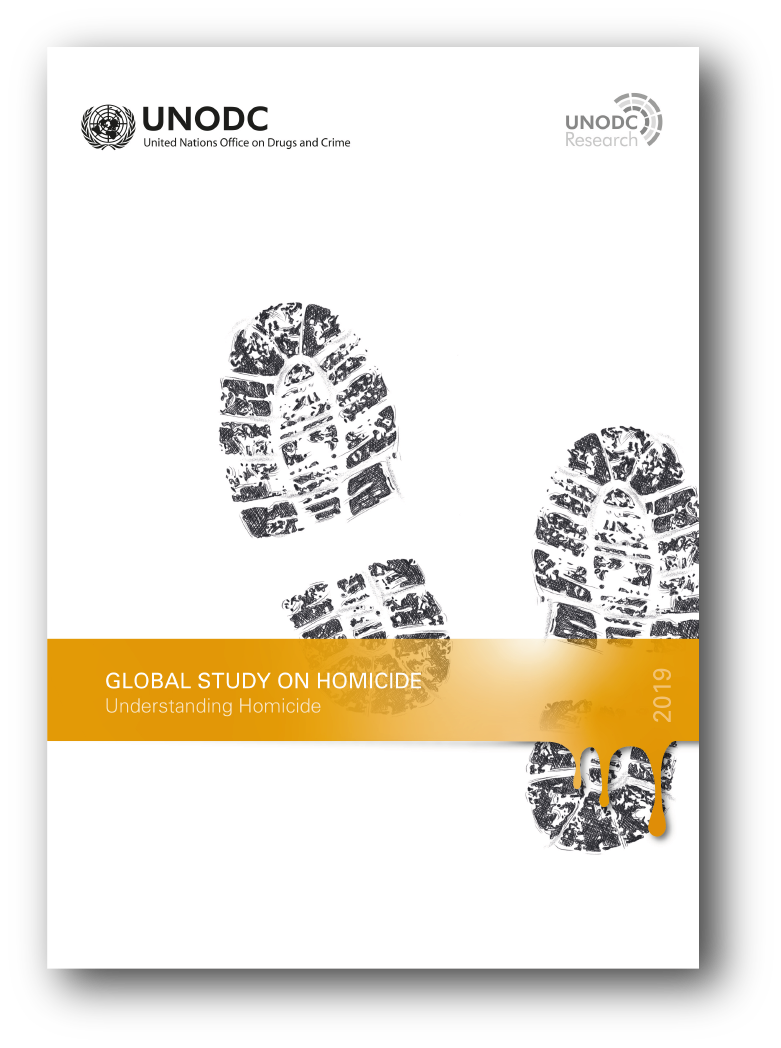
Booklet three: Understanding homicide - typologies, demographic factors, mechanisms and contributors
Constituting the third part of the Global Study on Homicide 2019, this booklet provides an overview of the drivers of homicide and looks at the different typologies and mechanisms of homicide perpetration. The drivers of homicide are manifold and have to do with a number of factors: socioeconomic and environmental conditions, governance and the dominion of law, political stability, demographics, and cultural stereotypes (particularly in relation to gender roles). Homicidal violence is also influenced by the availability of mechanisms such every bit firearms or sharp objects, and by the use and trafficking of psychoactive substances. The links between homicide and socioeconomic and environmental factors, along with the ways in which these factors may bulldoze homicide or contribute to its containment, are analysed in booklet 4, which focuses on the interactions betwixt homicide and development.
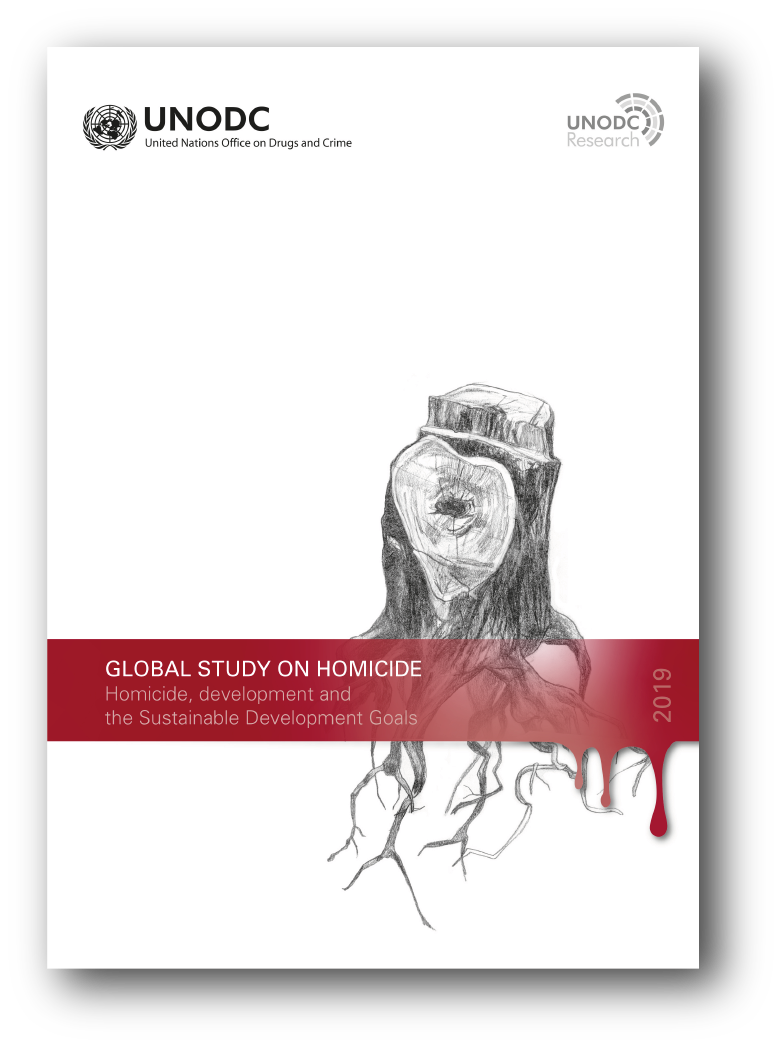
Booklet 4: Homicide, development and the Sustainable Development Goals
Constituting the fourth role of the Global Written report on Homicide 2019, this booklet starts past examining the relationship between homicidal violence and level of evolution with reference to the Sustainable Development Goals. A macroanalysis of the extent to which homicide rates tin be explained by national levels of evolution is then presented. The analysis is based on a set of models that contain the latest available homicide data and were designed to take into account the social and economic factors near strongly correlated with homicide rates beyond countries. Comparison the homicide charge per unit predicted on the basis of a country's level of development with the actual homicide charge per unit reported by that country helps to analyze how constructive evolution policies can be instrumental in reducing homicidal violence.

Booklet 5: Gender-related killing of women and girls
Constituting the 5th role of the Global Study on Homicide 2019,this booklet gives an overview of the scope of gender-related killing of women and girls. It provides in-depth analysis of killings perpetrated within the family sphere and examines forms of gender-related killings perpetrated outside the family sphere, such as the killing of women in conflict and the killing of female sexual practice workers. The booklet explores the scale of intimate partner/family-related killings of women and girls, and describes unlike forms of gender-related killings of women. It also looks at the characteristics of the perpetrators of intimate partner killings, the link between lethal and not-lethal violence confronting women, and the criminal justice response.

Booklet 6: Killing of children and young adults
Violence against children is a multidimensional phenomenon that is often underreported; it can take many forms and is influenced by a broad range of factors, such equally the personal characteristics of the victim and perpetrator and their cultural and concrete environments. Such violence remains subconscious in many instances because children are oftentimes afraid to study acts of aggression, and too because reporting mechanisms tend to be inaccessible or fifty-fifty non-existent. Children may also keep silent about the violence they suffer when information technology is perpetrated past parents and other family unit members, or by another figure of authority such as an employer, community leader or police officer. Lethal violence against children can occur in a continuum of violence, representing the culmination of diverse forms of violence that children may be subjected to in different settings. 1 of the targets of Sustainable Development Goal sixteen on peace, justice and strong institutions is to "end abuse, exploitation, trafficking and all forms of violence against and torture of children".
DOWNLOAD HERE
Posted by: laddmajesigh.blogspot.com
Post a Comment for "Breaking Homicide S01e02 Who Killed Faith Download UPDATED"